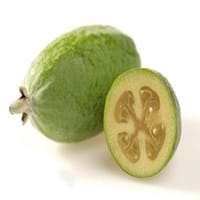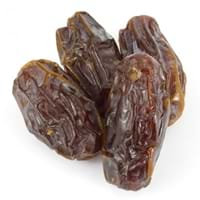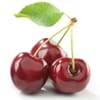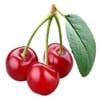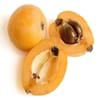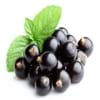Health Benefits
Anti depressant, Cancer prevention, Reduces nervous tension, Treatment of alzheimer's disease, Treatment of Lung disease
Cancer prevention, Cures gastro-intestinal troubles, Diarrhea treatment, Heart care, Heat stroke treatment, Improves muscular strength, Prevents constipation, Prevents nerve damage, Strengthening of bones
General Benefits
Digestive aid, Helps in weight loss, Improves blood circulation, Strengthens bones, Treatment of common cold
Boosts immune system, Maintains healthy cholesterol level, Strengthens bones
Skin Benefits
Brightens and lightens complexion, Skin rejuvenation
Anti-aging benefits, Brightens and lightens complexion, Reduces wrinkles, Treatment of skin diseases
Hair Benefits
Promotes longer and healthier hair, Protects hair
Prevents hair loss, Promotes longer and healthier hair, Protects hair, Regulates hair growth
Allergy Symptoms
NA
Redness of eyes, Runny nose, Sneezing, Watery eyes
Side Effects
Allergic reaction
Allergic reaction, Diarrhoea, Intestinal gas, Stomach pain, Tooth decay, Weight gain
Best Time to Eat
As a snack in the late afternoon, Don't consume at night and before bed, Eat the fresh ones, avoid mixing with any other foods, don't eat after meal., Morning time (before lunch)
Any time except an hour after meal, Don't consume at night and before bed
Vitamin A (Retinol)
Not Available
Vitamin B5 (Pantothenic Acid)
Vitamin C (Ascorbic Acid)
Vitamin K (Phyllochinone)
Calories in Fresh Fruit with Peel
Not Available
Calories in Fresh Fruit without Peel
Not Available
Calories in Frozen Form
Not Available
Not Available
Calories in Canned Form
Not Available
Not Available
Season
Autumn, Winter
Spring, Summer
Varieties
Anatoki, Gemini, Kaiteri, Kakariki, Pounamu, Unique, Apollo, Den's Choice, Kakapo, Mammoth, Opal Star, Triumph and Wiki Tu
Barhi, Dayri, Deglet Noor, Halawy, Khadrawy, Medjool, Thoory and Zahidi
Color
Green
Black, Brown, Red, Yellow
Origin
Argentina, Brazil, Paraguay, Uruguay
Iraq
Grows on
Not Available
Trees
Soil Type
Clay loam, Gravely loam, Sandy
Clay, Loam, Sand
Climatic Conditions
Cold, Warm
Hot, Warm
Facts about
- Feijoa is called as "pineapple guava" in some countries.
- Feijoa tree is an ornamental plant that can also be used as hedge & windbreak.
- All parts of feijoa fruit are edible(skin is mostly discarded).
- Date is known as the tree of life in Middle east.
- Date palms cover 3% of the earth's total farmlands.
- Scholars believe that date (and not apple) was the real fruit mentioned in the Bible's Garden of Eden.
Spirits
Yes
Not Available
Cocktails
Yes
Not Available
Top Producer
New Zealand
Egypt
Other Countries
Australia, Azerbaijan, India, Japan, United States of America
Algeria, Iraq, Oman, Pakistan, South Africa, United Arab Emirates
Top Exporter
New Zealand
United Arab Emirates
Botanical Name
Acca sellowiana
Phoenix Dactylifera
Synonym
Feijoa sellowiana or Orthostemon sellowianus
Not Available
Subkingdom
Tracheobionta
Tracheobionta
Division
Magnoliophyta
Magnoliophyta
Class
Magnoliopsida
Liliopsida
Subclass
Rosidae
Arecidae
Family
Myrtaceae
Arecaceae
Species
A. sellowiana
P. dactylifera
Generic Group
Myrtle
Palm
Difference Between Feijoa and Date
We might think that Feijoa and Date are similar with respect to nutritional value and health benefits. But the nutrient content of both fruits is different. Feijoa and Date Facts such as their taste, shape, color, and size are also distinct. The difference between Feijoa and Date is explained here.
The amount of calories in 100 gm of fresh Feijoa and Date with peel is Not Available and 282.00 kcal and the amount of calories without peel is 55.00 kcal and Not Available respectively. Thus, Feijoa and Date belong to Low Calorie Fruits and High Calorie Fruits category.These fruits might or might not differ with respect to their scientific classification. The order of Feijoa and Date is Myrtales and Arecales respectively. Feijoa belongs to Myrtaceae family and Date belongs to Arecaceae family. Feijoa belongs to Acca genus of A. sellowiana species and Date belongs to Phoenix genus of P. dactylifera species. Beings plants, both fruits belong to Plantae Kingdom.
